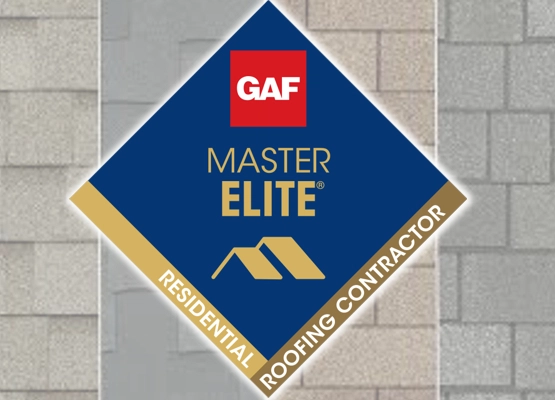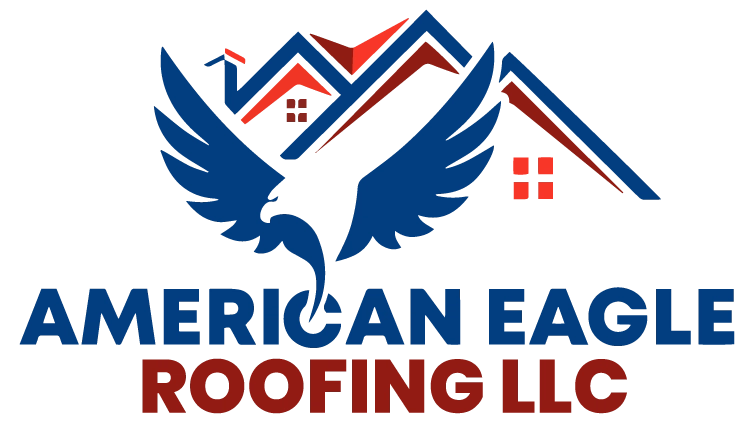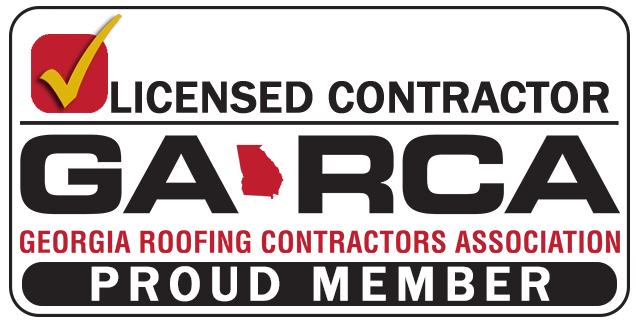Signs You May Need Gutter Guards
While gutter guards aren't always needed, signs of clogged gutters are clear. Some indicators of persistent gutter problems include:
- Soggy ground or visible erosion patterns around your home's foundation
- Mold growth, peeling exterior paint, or interior water stains on walls near gutters.
- Frequent clogs that lead to overflow and water spilling over gutters
- Visibly damaged, sagging, or misaligned gutters that no longer correctly direct rainwater
- Leaky seams or joints where water leaks out of gutters
How To Choose a Gutter Guard Installer
Assess Their Experience
Look for an experienced gutter guard installation company that has been in business for multiple years and has installed various guard brands and models. These companies know how to properly measure and handle the installation of gutter guards on your unique home setup. Ask how long they’ve been installing guards and request local referrals.
Verify Proper Licensing and Insurance
Always ensure professional gutter guard installers are properly licensed, bonded, and hold workers compensation and general liability insurance. This protects you from liability for any injuries or accidents that could occur. Ask to see current licensing and insurance papers when communicating with potential providers.
Choose Reputable Brands
Look for companies that carry leading gutter guard brands like Gutter Helmet and LeafFilter. Avoid companies that offer only generic no-name guards or their own off-brands, which may lack rigorous testing.
Seek Custom Fit Services
For optimal performance, guards should be custom fitted on-site to fit your gutters. Select a company that custom sizes and cuts guards for your home rather than using one-size-fits-all guards. Accurately fitted guards won't have any gaps where debris can get trapped.
Examine Warranties
Leading gutter guard companies usually provide 20-year or lifetime warranties covering rust, leaks, clogs, and other defects. Before choosing a provider, closely inspect its warranty terms for materials and workmanship guarantees. Warranties are the most effective way to protect your gutter investment.
Check Reviews and Referrals
Be sure to check online reviews on Google Reviews, the Better Business Bureau (BBB), Yelp, and other review sites to learn about customer experiences. Ask neighbors to recommend quality local gutter guard companies. When researching providers, we'd recommend opting for companies with consistent positive feedback instead of just one or two reviews.
Types of Gutter Guards
There are six most common types of gutter guards. These include the following:
- Foam guards consist of pieces of foam that are placed in your gutters to block debris. They're lightweight and easy to install. Foam guards cost roughly $2.46 per linear foot.
- Brush guards are made of large brush bristles that sit inside your gutters, allowing water to pass through while catching debris. Brush guards cost around $4.04 per linear foot.
- Screen guards have large holes that let water flow through while blocking debris. Screen guards cost roughly $4.32 per linear foot.
- Mesh guards have smaller holes than screen guards and similarly stop debris while allowing water to filter through. Mesh gutter guards are durable and help debris slide off rather than sit on top of your gutters. On average, you can expect to spend $4.08 per linear foot for mesh guards.
- Micro-mesh guards have even smaller holes than mesh guards, letting even less debris through than mesh. These types of guards are very effective. Micro-mesh guards cost around $5.16 per linear foot.
- Surface tension guards, also called reverse curve guards, use surface tension to encourage water to flow into your gutter system while debris slides off. Generally, they are visible from the ground. Surface tension guards cost roughly $3.18 per linear foot.












